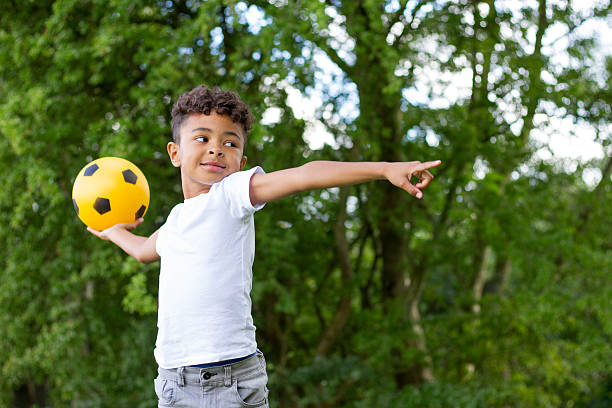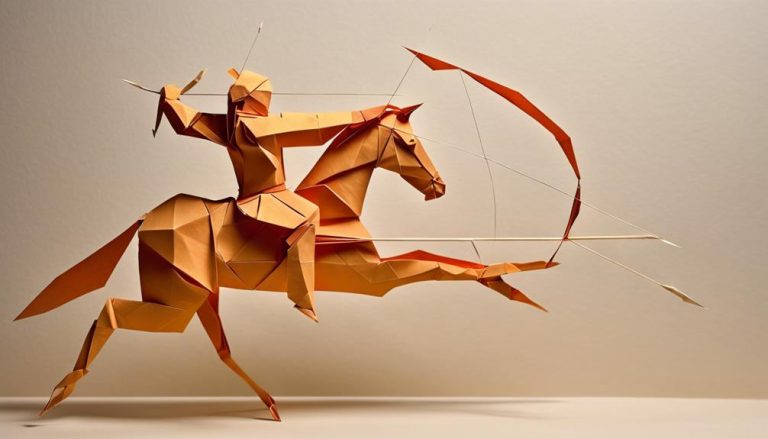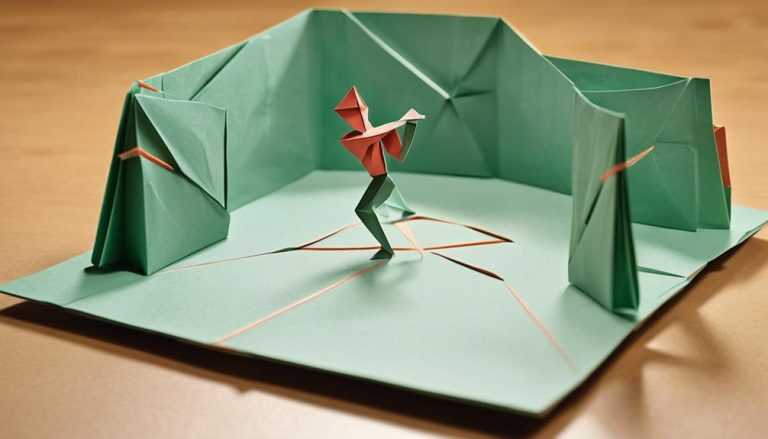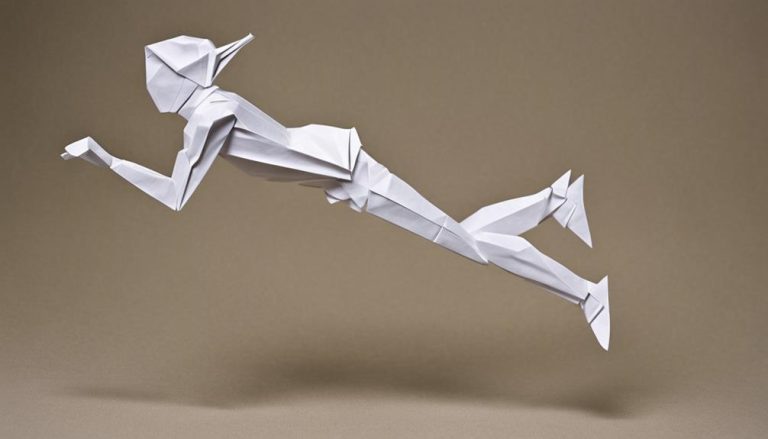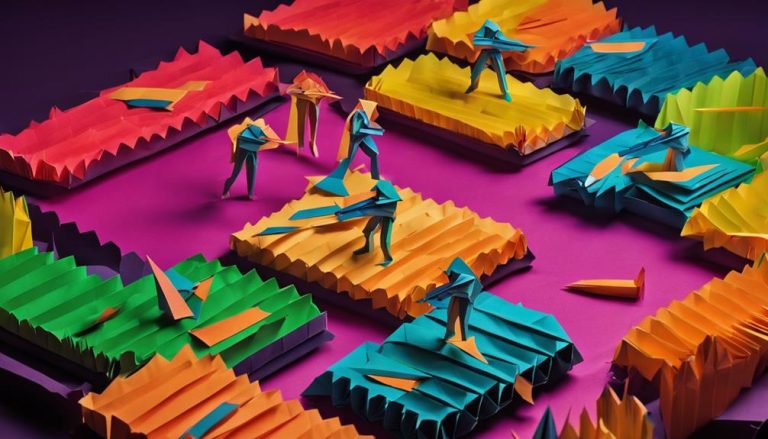General Rules of Longboarding
Have you ever wondered if there are essential guidelines to follow when it comes to longboarding? Well, let's explore the key principles that can enhance your longboarding experience. From selecting the right longboard to mastering basic riding techniques, there are important aspects to think about that can elevate your skills and keep you safe on the streets. So, what are these fundamental rules that every longboarder should be aware of?
Choosing the Right Longboard
When selecting a longboard, consider your riding style, skill level, and preferred terrain to guarantee the best fit for your needs. Longboards come in various shapes and sizes, each designed for specific styles of riding. Understanding the different longboard shapes is essential in making the right choice. For example, pintail longboards are great for cruising and carving due to their narrow front and wide back, while drop-through longboards are more stable at higher speeds and ideal for downhill riding.
Deck materials also play a critical role in the performance of your longboard. Most longboards are made from either maple or bamboo. Maple decks are durable and provide a stable ride, making them suitable for beginners. On the other hand, bamboo decks are flexible and lightweight, offering a smoother and more responsive ride, perfect for experienced riders looking to do tricks and slides.
Before making your final decision, think about your riding preferences. Are you planning on cruising along the boardwalk or bombing hills at high speeds? Do you prefer a more flexible deck for carving or a stiffer deck for stability? By considering these factors, you can narrow down your options and choose a longboard that best suits your style and skill level.
Wearing the Proper Safety Gear
When it comes to longboarding, safety should always be your top priority. Make sure to wear a helmet to protect your head in case of falls or accidents. Additionally, consider using pads to safeguard your elbows and knees from injuries.
Helmet Is Essential
Wearing a helmet is essential for longboarding safety and should always be prioritized before hitting the road. When choosing a helmet, consider both comfort and style. Look for a helmet that not only fits well but can also be adjusted to sit snugly on your head. A comfortable helmet is more likely to be worn consistently, ensuring your safety during rides. The helmet style is also important as it reflects your personality and can make wearing protective gear more enjoyable. Remember, a properly fitted helmet can prevent serious head injuries in case of falls or accidents. Prioritize your safety by investing in a quality helmet that offers both protection and style.
Pads for Protection
Ensuring you have the proper safety gear, including pads for protection, is essential for a safe and enjoyable longboarding experience. Impact protection is vital to prevent injuries, especially when attempting tricks or riding at higher speeds. Slide gloves are also important as they provide not only protection but also control when sliding or performing maneuvers that involve hand contact with the ground. Here's a quick guide to the essential pads for protection:
| Type of Pad | Purpose |
|---|---|
| Knee Pads | Protect your knees from impacts. |
| Elbow Pads | Guard your elbows during falls. |
| Wrist Guards | Support and protect your wrists. |
| Hip Pads | Cushion impacts on your hips. |
| Tailbone Pad | Prevent injuries to your tailbone. |
Practicing Balance and Stability
Developing a strong foundation in balance and stability is essential for mastering the art of longboarding. To improve your skills in this area, consider the following tips:
- Practice Regularly: Consistent practice is key to enhancing your balance and stability on a longboard.
- Focus on Weight Distribution: Pay attention to how you distribute your weight on the board to maintain control and prevent falls.
- Strengthen Your Core: Building core strength will not only improve your balance but also help you maneuver the board more effectively.
- Engage Your Leg Muscles: Strong leg muscles are vital for stability and control while longboarding.
To excel in longboarding, it's important to understand the significance of weight distribution and core strength. By mastering these aspects, you'll find yourself gliding with more confidence and finesse. Remember, balance and stability are the foundations upon which you can perform thrilling maneuvers and enjoy the liberating experience of longboarding. So, practice diligently, focus on your technique, and soon you'll be cruising effortlessly along the streets or down the hills.
Understanding Longboard Maintenance
When it comes to longboard maintenance, it's important to regularly clean and lubricate your bearings to guarantee peak performance. Additionally, inspecting your deck for any signs of damage is essential for your safety while riding. Taking care of these maintenance tasks will help prolong the lifespan of your longboard and keep you rolling smoothly.
Cleaning and Lubricating Bearings
To maintain top performance and prolong the lifespan of your longboard, it is essential to regularly clean and lubricate the bearings. Proper bearing maintenance will guarantee smooth rides and prevent premature wear and tear on your longboard. Here are some key tips to help you keep your bearings in top condition:
- Regular Cleaning: Use a solvent or a specialized bearing cleaner to remove dirt and debris.
- Thorough Drying: Make sure the bearings are completely dry before lubricating them.
- Choosing the Right Lubricant: Select a high-quality lubricant suitable for skateboard bearings.
- Proper Application: Apply a few drops of lubricant to each bearing, ensuring even coverage.
Inspecting Deck for Damage
Inspecting your longboard deck regularly for any signs of damage is important to guarantee its longevity and safety during rides. When examining your deck, pay close attention to cracks, water damage, and the condition of your grip tape. Here is a simple guide to help you maintain your longboard:
| Maintenance Task | Description |
|---|---|
| Repairing cracks | Inspect the deck for any cracks or splits. If found, consider repairing them promptly to prevent further damage. |
| Checking grip | Make sure the grip tape is securely attached to the deck and provides enough traction for your feet. Replace if worn out. |
| Evaluating water damage | Look for any signs of water damage, such as warping or soft spots. Address these issues to maintain the integrity of the deck. |
| Replacing trucks | Regularly check the trucks for any signs of wear or looseness. Replace them if necessary to guarantee stability and control. |
Regular maintenance will not only extend the life of your longboard but also enhance your riding experience.
Learning Basic Riding Techniques
Before starting on your longboarding journey, mastering basic riding techniques is essential for a safe and enjoyable experience. As you begin on this adventure, remember to focus on two important aspects: foot positioning and weight distribution, as well as turning techniques and carving skills. Here are some key points to ensure:
- Foot Positioning: Make sure your front foot is placed slightly angled towards the nose of the board, while your back foot should be positioned near the tail for stability.
- Weight Distribution: Keep your weight centered over the board to maintain balance and control. Practice shifting your weight to think turns smoothly.
- Turning Techniques: To achieve tight turns, lean your body in the direction you want to go while applying pressure on your toes or heels, depending on the turn.
- Carving Skills: Master the art of carving by making fluid, S-shaped movements while shifting your weight from one edge of the board to think the other.
Following Street Etiquette
When sharing the streets with other pedestrians and vehicles, longboarders must always prioritize safety and respect for others. Yielding properly and signaling your intentions are vital aspects of street etiquette. Before making a turn or changing lanes, always use hand signals to indicate your movements. This not only helps you communicate with other road users but also enhances overall safety.
Sharing space is another fundamental part of street etiquette. Longboarders should be mindful of their surroundings and respect pedestrians by giving them the right of way. When approaching a crowded area or a crosswalk, slow down and yield to pedestrians. Remember, pedestrians have the ultimate priority on sidewalks and crosswalks, so make sure to navigate around them carefully.
Being considerate of others on the road is key to creating a harmonious environment for all street users. Avoid weaving in and out of traffic unpredictably, as this can startle drivers and pedestrians. Instead, maintain a predictable path and follow the flow of traffic. By adhering to these simple guidelines, you can guarantee a safer and more enjoyable experience for everyone sharing the streets.
Being Mindful of Surroundings
To guarantee a safe and smooth longboarding experience, it is crucial to always stay aware of your surroundings. Longboarding isn't just about riding; it's about being mindful of the environment you're in and those around you. Here are some key points to keep in mind:
- Environmental awareness: Respect nature and public spaces by avoiding littering, damaging property, or disrupting wildlife. Choose sustainable longboarding practices to minimize your impact on the environment.
- Safety precautions: Wear appropriate safety gear such as helmets, knee pads, and gloves to protect yourself from injuries. Be cautious of road conditions, traffic, and pedestrians to prevent accidents.
- Spatial awareness: Pay attention to the terrain you're riding on to anticipate any obstacles or challenges ahead. Maintain a safe distance from other riders and pedestrians to ensure everyone's safety.
- Social interactions: Be courteous and considerate towards others sharing the space. Communicate with pedestrians and fellow riders using signals or verbal cues to avoid misunderstandings.
Frequently Asked Questions
What Are Some Common Mistakes Beginners Make When Learning How to Longboard?
When learning to longboard, beginners often struggle with balance techniques and turning methods. Common mistakes include not wearing safety gear, leading to common falls. Remember, safety first! Stay focused, practice, and enjoy the ride!
How Can I Improve My Speed and Control While Riding a Longboard?
To turbocharge your speed control on a longboard, master the art of carving with gusto! Perfect your balance like a ninja and fine-tune your foot positioning. With these skills, you'll be a longboard wizard in no time!
Are There Any Specific Stretches or Exercises I Should Do to Prevent Injuries While Longboarding?
To prevent injuries while longboarding, it's essential to focus on proper warm-up and stretching techniques. Prioritize strengthening exercises for stability. By incorporating these practices into your routine, you can improve your overall performance and decrease the risk of injuries.
What Should I Do if My Longboard Gets Wet or Dirty While Riding?
When your longboard encounters the elements, fret not! To keep it rolling smoothly, wipe it down after each ride, paying special attention to the bearings. Periodically clean and lubricate the bearings for peak performance.
Can I Customize My Longboard With Different Wheels or Trucks to Improve Performance?
You can absolutely customize your longboard with different wheels or trucks to boost performance. Wheel upgrades and truck modifications offer significant benefits, enhancing your riding experience. Tailoring your setup to fit your needs can elevate your longboarding game.


